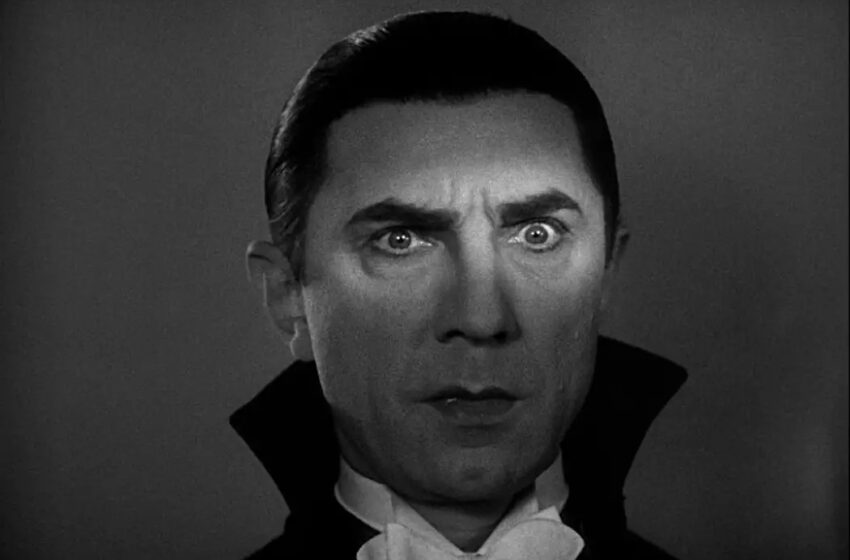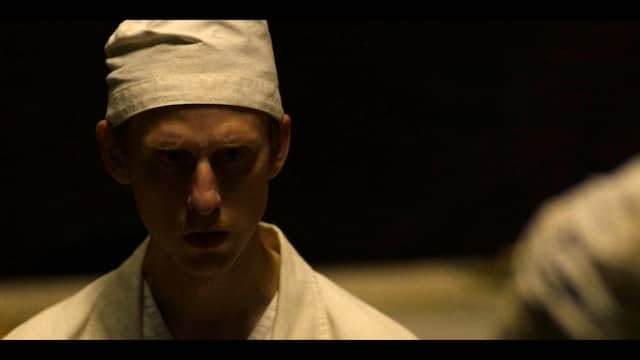
“Dracula” (1931): A Gothic Masterpiece of Early Cinema – Review

Tod Browning’s “Dracula,” released in 1931, is not only one of the pillars of Universal Pictures’ horror pantheon but also a film that deeply influenced and shaped the trajectory of vampire narratives in cinema. From its chilling atmosphere to the iconic performance of Bela Lugosi, “Dracula” stands tall as a testament to the transformative power of film during Hollywood’s early sound era.
Cinematic Context:
To appreciate “Dracula,” one must consider the era from which it emerged. The late 1920s and early 1930s marked the transition from silent cinema to talkies. With this change came new challenges and opportunities for storytelling, sound design, and atmospheric creation. “Dracula,” with its haunting score and memorable dialogue, demonstrated the possibilities of this new sonic dimension in filmmaking.
Bela Lugosi’s Unforgettable Performance:
Bela Lugosi’s portrayal of Count Dracula is, without a doubt, the film’s highlight. With his hypnotic gaze, peculiar accent, and elegant demeanor, Lugosi embodied the allure and horror of the eponymous vampire. Every line he delivered became etched into cinematic history, with phrases like “I never drink… wine” becoming instantly iconic. Interestingly, Lugosi, a Hungarian actor, had played Dracula on stage before reprising his role for the silver screen. His commitment to the character was evident; he even went on to be buried in his Dracula cape after his passing.
Behind-the-Scenes Brilliance:
The production of “Dracula” was marked by a keen attention to detail. The sets, influenced by German Expressionism, were meticulously crafted to evoke a sense of gothic dread. From the cobweb-laden corridors of Castle Dracula to the somber interiors of the English mansion, every setting contributes to the film’s oppressive atmosphere.
There was also a Spanish-language version of “Dracula” filmed simultaneously using the same sets but with a different cast. This version, directed by George Melford, is often praised for its dynamic cinematography and extended sequences, giving a unique perspective on the same story.
Another interesting tidbit is the use (or lack thereof) of music in the film. Apart from the opening credits and a snippet during a theater scene, the movie largely avoids non-diegetic music. This absence amplifies the eeriness, allowing the audience to hang onto every word and echo.
The Legacy of the Night Creature:
This adaptation, based on the stage play by Hamilton Deane and John L. Balderston, which was itself an adaptation of Bram Stoker’s novel, streamlined many aspects of the original story. Renfield, portrayed by Dwight Frye, for instance, is a merger of multiple characters from the book. His descent into madness serves as a chilling counterpoint to Dracula’s malevolent composure.
The narrative emphasizes the battle between good and evil, light and darkness. It pits the rationality and science of Dr. Van Helsing, played by Edward Van Sloan, against the supernatural dread of Dracula. This dichotomy, which plays out as Van Helsing confronts the vampire, underscores the broader cultural tensions of the era — between faith and skepticism, the known and the mysterious.
Final Thoughts:
“Dracula” (1931) is more than just a horror film; it’s a time capsule that captures the anxieties and hopes of an era transitioning from silent to sound cinema. While some might find its pacing slow compared to modern horror standards, its atmosphere is undeniably potent. The movie reminds us of the enduring allure of the vampire myth, embodying society’s fears about seduction, contagion, and the unknown.
Lugosi’s portrayal set a precedent, influencing every vampire character that followed, from Christopher Lee’s Dracula to modern interpretations. The film’s legacy is evident in its numerous remakes, adaptations, and the undying fascination with the character of Count Dracula. As a cornerstone of horror cinema, “Dracula” stands as a testament to the genre’s power to captivate, terrify, and make us reflect on our deepest fears and desires.




